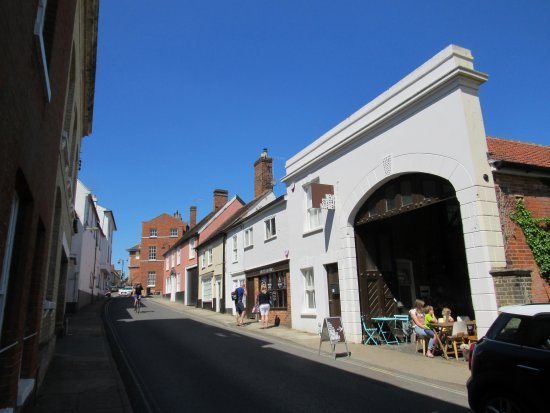Old, and Some New, Photographs of Woodbridge & Melton
Le New Strete was first mentioned in 1549. It had been laid out to provide an alternative route from the Market to the river. A map of the area in 1560 is shown on the right. It is based on the description of the town given in an Extent of the manor of Woodbridge late Priory. Le New Strete joined Le Mell Waye (now Castle Street and St Johnís Hill) which was also referred to as the way to the lordís mill (the Tide Mill). It ran down to Le Thoroughfare. From there the route to the Tide Mill and the quays was via Le Mell Lane (now Brook Lane). The dots on the map indicate the dwellings and commercial buildings listed in the Extent. The dwellings on New Street were all above the entrance to what is now Castle Street.
The 1840 tithe apportionment lists 39 buildings with frontages on the street whereas in 1560 there were only 17. Thirteen of the buildings listed in 1840 were described as cottages. Based on what is left on the site of these cottages today, they would have provided a total of 32 individual dwelling. When this is taken into account the number of dwellings on New Street 1840 rises to 58. A number which is significantly lower than the number of families recorded in the 1830 rate returns. There must have been, therefore, many cases where several families shared the same dwelling.
White's 1844 trade directory is the earliest detailed record of the commercial activities on New Street. There were 18 shops, 3 merchants, 16 artisans, 4 public houses, 3 people offering personal services (hairdressers) and a bank. Only the Thoroughfare had more commercial activity than New Street.
During the period 1844 to 1985, The Thoroughfare was the only street not to experience a decrease in the number of shops and other commercial outlets along it. New Street went from being the second most commercial street to the fourth in 1985. Since then commercial activity on New Street has continued to decline.
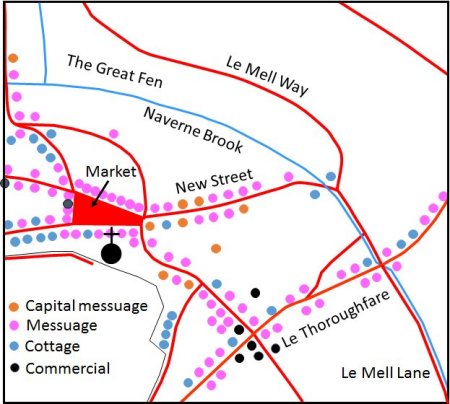
From the early 18th century the Bull Inn on Market Hill was a post for the Union stagecoach on the Ipswich-Norwich route where six hard-worked horses were replaced by a new team.
John Grout came to Woodbridge to work at the Sun Inn where he was a helper in the yard and in the house. He moved on to the Bull Inn as an ostler and within 3 years the entire management of the yard was entrusted to him and he eventually obtained permission from his employer to deal in horses. When the landlord of the Bull Inn died his widow took over and in 1861 she sold out to John Grout.
The entrance from New Street to the yard of the Bull Hotel is in the centre of this photograph. The house in which John Grout lived is to the left of the photograph and he is seen leading a horse out of entrance to the yard of the house. In 2005 this house was gutted and converted to flats.
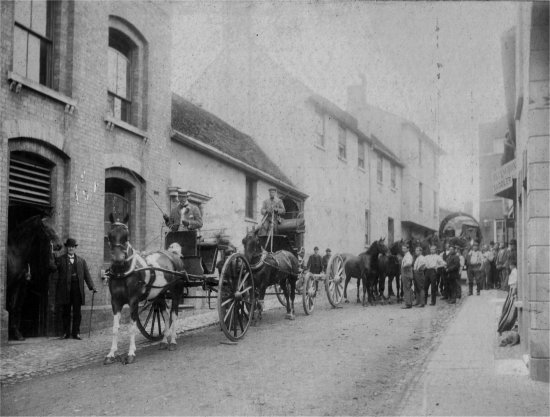
John Grout became a horse dealer of world renown. By about 1880 he had purchased two houses and an extensive garden opposite the rear yard of the hotel. He had the site cleared and then used it for a large complex of stables, called the Bull Ride. It was capable of housing up to 170 horses and representatives of both the Kaiser and the Viceroy of India came there to buy horses for the imperial and vice-regal stables. After John Grout died in November 1886 his horse dealing business, and the Bull Hotel, were taken over by William Miles. Ten years later the King of Italy granted William Miles the right to display the Royal Coat of Arms and for many years it proudly adorned the front of the Bull Hotel. After Miles died in 1899 the horse dealing business faded away.
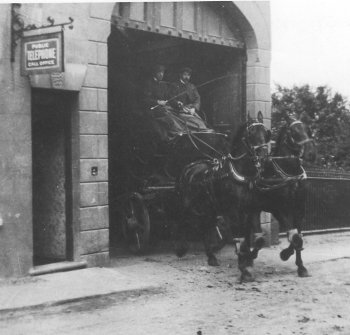
This aerial photograph taken circa 1935 shows the extent of the Bull Ride and the surrounding area.
The Maltings and the Malt Office were demolished by 1925. Part of the site was eventually cleared to make way for a Co-Operative milk depot which was later replaced by a Co-Operative funeral parlour.
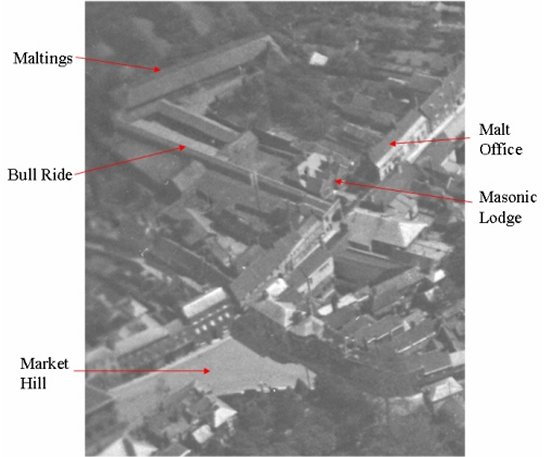
This photograph show part of the extensive exercise yards associated with the Bull Ride.
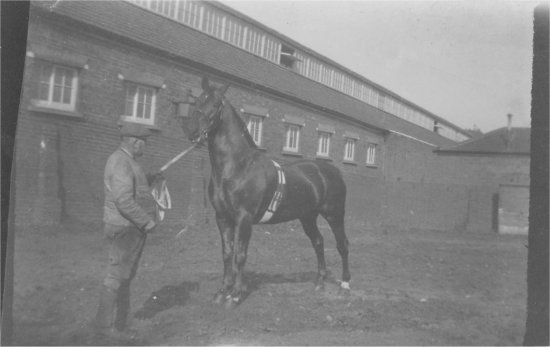
The Bull Ride has been used for a variety of purposes.
A telephone exchange was installed in the front part of the Bull Ride in 1902. The service was provided by the United Telephone Service which was taken over by the Post Office in 1912.
After the the First World War the demand for horses decline rapidly the Bull Ride began to be used for other purposes. For a while is was used for workshops and then as a picture gallery, a wholesale outlet for arts books and eventually for the sale of antique and second-hand furniture. In 2016 planning permission was granted to convert the Bull Ride into a restaurant.
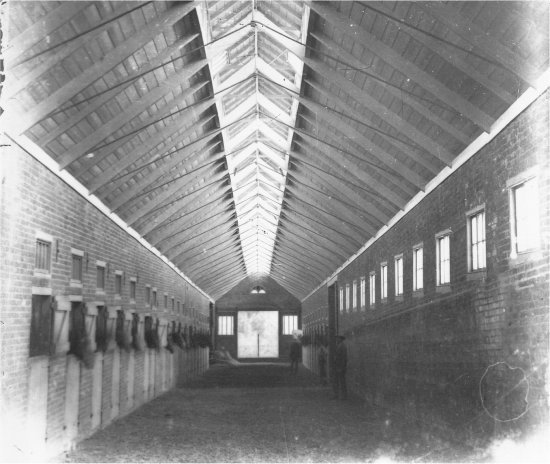
Today all traces of horses in the Bull Ride have gone and the arched entrance to yard of Bull Hotel has been replaced by a wider, rectangular passageway to a car park.
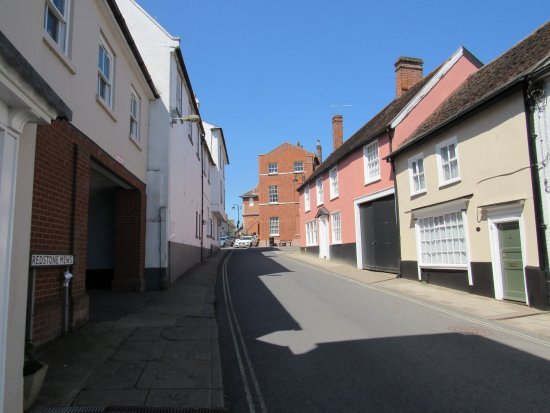
On the other side of the street part of the Bull Ride has been demolished but the main spine of the building has been left intact. The part nearest to New Street has been retained as a large open space. It is called New Street Market and it currently deals in food, fashion, flowers and home wares.
The remaining section of the spine of the Bull Ride has been integrated into an attractive housing development.
